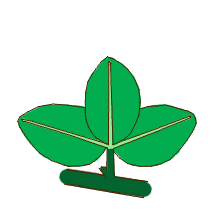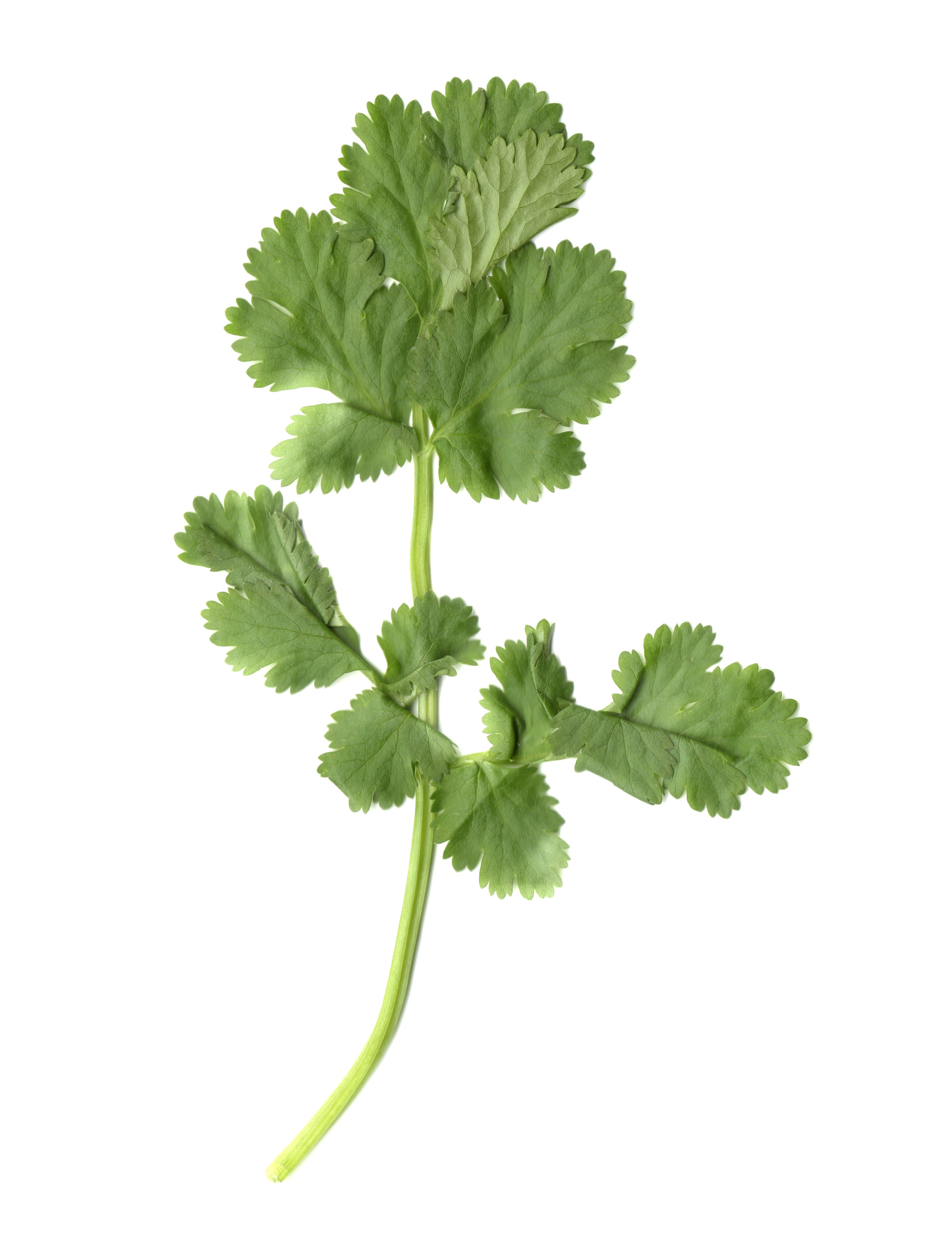Lanceolate on:
[Wikipedia]
[Google]
[Amazon]
 The following is a list of terms which are used to describe leaf morphology in the description and taxonomy of plants. Leaves may be simple (a single leaf blade or lamina) or compound (with several leaflets). The edge of the leaf may be regular or irregular, may be smooth or bearing hair, bristles or spines. For more terms describing other aspects of leaves besides their overall morphology see the leaf article.
The terms listed here all are supported by technical and professional usage, but they cannot be represented as mandatory or undebatable; readers must use their judgement. Authors often use terms arbitrarily, or coin them to taste, possibly in ignorance of established terms, and it is not always clear whether because of ignorance, or personal preference, or because usages change with time or context, or because of variation between specimens, even specimens from the same plant. For example, whether to call leaves on the same tree "acuminate", "lanceolate", or "linear" could depend on individual judgement, or which part of the tree one collected them from. The same cautions might apply to "caudate", "cuspidate", and "mucronate", or to "crenate", "dentate", and "serrate."
Another problem is to establish definitions that meet all cases or satisfy all authorities and readers. For example, it seems altogether reasonable to define a mucro as "a small sharp point as a continuation of the midrib", but it may not be clear how small is small enough, how sharp is sharp enough, how hard the point must be, and what to call the point when one cannot tell whether the leaf has a midrib at all. Various authors or field workers might come to incompatible conclusions, or might try to compromise by qualifying terms so vaguely that a description of a particular plant practically loses its value.
Use of these terms is not restricted to leaves, but may be applied to morphology of other parts of plants, e.g.
The following is a list of terms which are used to describe leaf morphology in the description and taxonomy of plants. Leaves may be simple (a single leaf blade or lamina) or compound (with several leaflets). The edge of the leaf may be regular or irregular, may be smooth or bearing hair, bristles or spines. For more terms describing other aspects of leaves besides their overall morphology see the leaf article.
The terms listed here all are supported by technical and professional usage, but they cannot be represented as mandatory or undebatable; readers must use their judgement. Authors often use terms arbitrarily, or coin them to taste, possibly in ignorance of established terms, and it is not always clear whether because of ignorance, or personal preference, or because usages change with time or context, or because of variation between specimens, even specimens from the same plant. For example, whether to call leaves on the same tree "acuminate", "lanceolate", or "linear" could depend on individual judgement, or which part of the tree one collected them from. The same cautions might apply to "caudate", "cuspidate", and "mucronate", or to "crenate", "dentate", and "serrate."
Another problem is to establish definitions that meet all cases or satisfy all authorities and readers. For example, it seems altogether reasonable to define a mucro as "a small sharp point as a continuation of the midrib", but it may not be clear how small is small enough, how sharp is sharp enough, how hard the point must be, and what to call the point when one cannot tell whether the leaf has a midrib at all. Various authors or field workers might come to incompatible conclusions, or might try to compromise by qualifying terms so vaguely that a description of a particular plant practically loses its value.
Use of these terms is not restricted to leaves, but may be applied to morphology of other parts of plants, e.g.




The Description of Leaves, University of Rochester
Fairchild Tropical Botanic Garden
{{commons, Leaf diagrams, position=left Glossaries of botany Plant morphology Leaves
bract
In botany, a bract is a modified or specialized leaf, especially one associated with a reproductive structure such as a flower, inflorescence axis or cone scale. Bracts are usually different from foliage leaves. They may be smaller, larger, or of ...
s, bracteoles, stipules, sepals, petal
Petals are modified Leaf, leaves that surround the reproductive parts of flowers. They are often advertising coloration, brightly colored or unusually shaped to attract pollinators. All of the petals of a flower are collectively known as the ''c ...
s, carpels
Gynoecium (; ) is most commonly used as a collective term for the parts of a flower that produce ovules and ultimately develop into the fruit and seeds. The gynoecium is the innermost whorl of a flower; it consists of (one or more) ''pistils'' ...
or scale
Scale or scales may refer to:
Mathematics
* Scale (descriptive set theory), an object defined on a set of points
* Scale (ratio), the ratio of a linear dimension of a model to the corresponding dimension of the original
* Scale factor, a number ...
s. Some of these terms are also used for similar-looking anatomical features on animals.
Leaf structure
Leaves of most plants include a flat structure called the blade or lamina, but not all leaves are flat, some are cylindrical. Leaves may be simple, with a single leaf blade, or compound, with several leaflets. In flowering plants, as well as the blade of the leaf, there may be a petiole and stipules; compound leaves may have a rachis supporting the leaflets. Leaf structure is described by several terms that include:

Leaf and leaflet shapes
Being one of the more visible features, leaf shape is commonly used for plant identification. Similar terms are used for other plant parts, such aspetal
Petals are modified Leaf, leaves that surround the reproductive parts of flowers. They are often advertising coloration, brightly colored or unusually shaped to attract pollinators. All of the petals of a flower are collectively known as the ''c ...
s, tepals, and bract
In botany, a bract is a modified or specialized leaf, especially one associated with a reproductive structure such as a flower, inflorescence axis or cone scale. Bracts are usually different from foliage leaves. They may be smaller, larger, or of ...
s.

Edge
Leaf margins (edges) are frequently used in visual plant identification because they are usually consistent within a species or group of species, and are an easy characteristic to observe. Edge and margin are interchangeable in the sense that they both refer to the outside perimeter of a leaf.Leaf folding
Leaves may also be folded, sculpted or rolled in various ways. If the leaves are initially folded in the bud, but later unrolls it is called vernation,ptyxis
The following is a list of terms which are used to describe leaf morphology in the description and taxonomy of plants. Leaves may be simple (a single leaf blade or lamina) or compound (with several leaflets). The edge of the leaf may be regular ...
is the folding of an individual leaf in a bud.
Latin descriptions
The Latin word for 'leaf', , is neuter. In descriptions of a single leaf, the neuter singular ending of the adjective is used, e.g. 'lanceolate leaf', 'linear leaf'. In descriptions of multiple leaves, the neuter plural is used, e.g. 'linear leaves'. Descriptions commonly refer to the plant using the ablative singular or plural, e.g. 'with ovate leaves'.See also
* Glossary of botanical terms * Glossary of plant morphology *Cladophyll
In botany, the petiole () is the stalk that attaches the leaf blade to the stem, and is able to twist the leaf to face the sun. This gives a characteristic foliage arrangement to the plant. Outgrowths appearing on each side of the petiole in so ...
s are leaf-like petioles
* Leaf size Leaf size of plants can be described using the terms ''megaphyll'', ''macrophyll'', ''mesophyll'', ''microphyll'', ''nanophyll'' and ''leptophyll'' (in descending order) in a classification devised in 1934 by Christen C. Raunkiær and since modifie ...
* Sinus
* Leaflet (botany) and Rachis
* Petiole (botany) and Plant stem
* Phylloclades are flattened stems that resemble leaves
* Pinnation
Pinnation (also called pennation) is the arrangement of feather-like or multi-divided features arising from both sides of a common axis. Pinnation occurs in biological morphology, in crystals, such as some forms of ice or metal crystals, and in ...
* Plant morphology
* Taxonomy (biology)
References
Bibliography
* * , in * , in *External links
The Description of Leaves, University of Rochester
Fairchild Tropical Botanic Garden
{{commons, Leaf diagrams, position=left Glossaries of botany Plant morphology Leaves